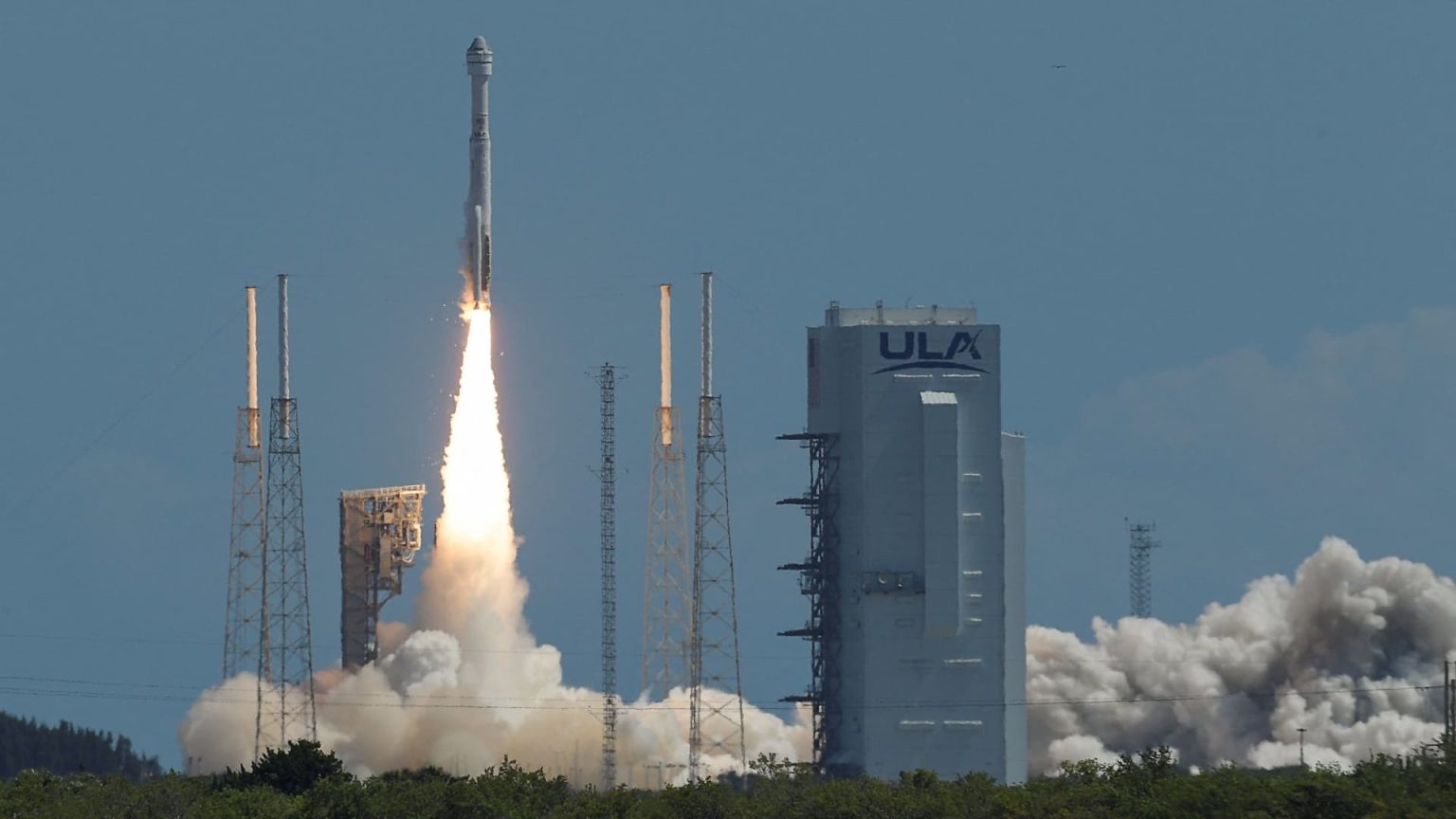Boeing successfully launched its first Starliner flight with astronauts on board, marking a crucial final test for the spacecraft. The launch took place from Cape Canaveral, Florida, with two NASA astronauts on board and was carried by United Launch Alliance’s Atlas V rocket. The mission is aimed at certifying the Starliner system for carrying astronauts to and from the International Space Station. After launching, the spacecraft will spend about 25 hours in space before docking with the ISS.
The liftoff on Wednesday followed a series of previous attempts that were called off due to technical issues. In between these attempts, a small helium leak was detected in Starliner, which was found to be in the spacecraft’s helium propulsion system. Despite this issue, officials determined that it was stable and not a safety concern. The delays have led to increased costs for Boeing, with the company having spent $1.5 billion on Starliner setbacks and nearly $5 billion of NASA development funds.
The astronauts on board Starliner for this mission are Butch Wilmore and Suni Williams, with Wilmore serving as commander and Williams as pilot. Both astronauts have extensive experience in spaceflight, with Wilmore having joined NASA in 2000 and flown twice before, and Williams being selected by NASA in 1998 and also having flown twice previously. The astronauts have backgrounds as U.S. Navy pilots, adding to their expertise in flying the spacecraft.
Starliner launches on ULA’s Atlas V rocket, which has a long history of successful launches and is celebrating its 100th launch with the Starliner crew flight test. The capsule itself is designed to carry up to four NASA astronauts and cargo to the ISS, with a parachute and airbag system for landing. The spacecraft is reusable, with each capsule capable of flying up to 10 missions. This mission marks an important milestone for Boeing and the Starliner program, as they seek to catch up with SpaceX’s Dragon capsule in flying astronauts for NASA under the Commercial Crew program.
Overall, the successful launch of Starliner with astronauts on board represents a significant step forward for Boeing and the Starliner program. Despite the delays and setbacks along the way, the mission is a crucial final test to certify the spacecraft for carrying astronauts to the International Space Station. With experienced NASA astronauts at the helm and a reliable launch vehicle in ULA’s Atlas V, the mission is poised to demonstrate the readiness of Starliner for future crewed flights.


